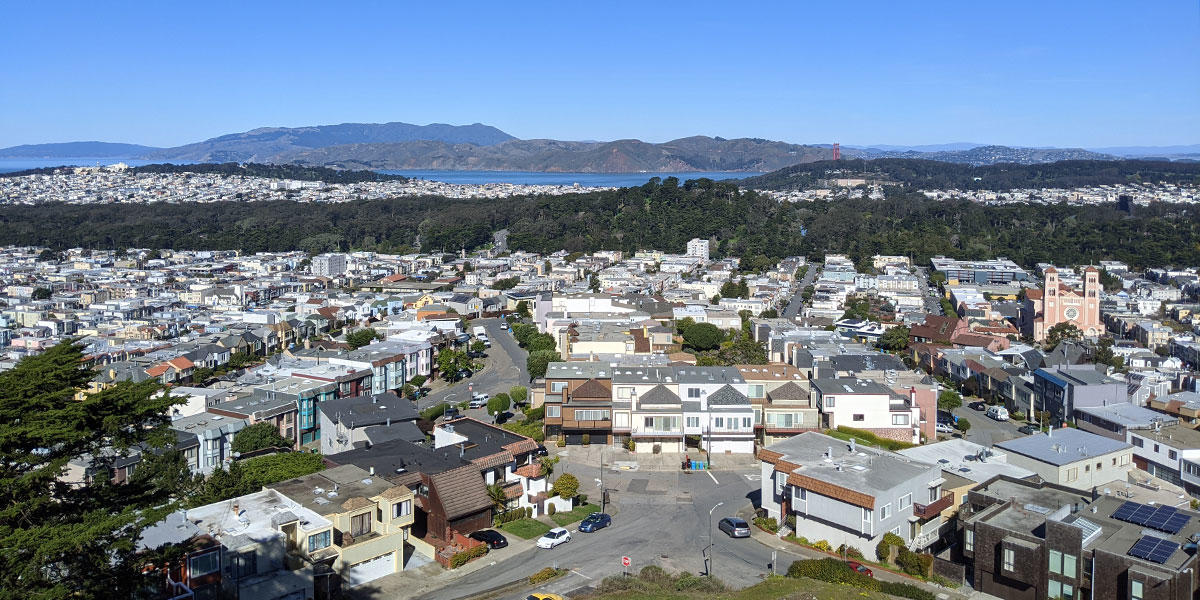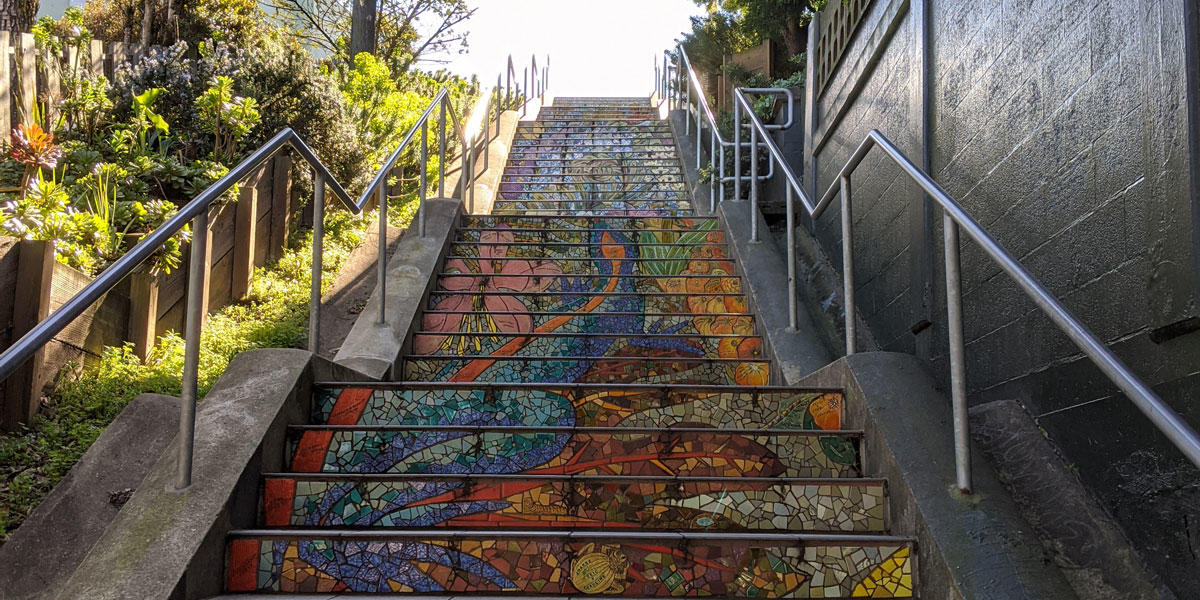Your parks need you now
Your support helps fight climate change and promote park sustainability—please give now.

By Elyse Fitzsimons
San Francisco Park Stewardship
A great body of research exists documenting insect declines across the world (please see "Additional Reading 1"). The resulting news articles herald the “insect apocalypse” or “insect armageddon,” a concept that can feel unsettling and paralyzing as an individual or, in the face of other personal and societal issues, may be difficult to muster concern for at all. So then why care about our six- (or many-) legged community members? Insects pollinate our plants and food crops, help recycle and reincorporate dead material in and to ecosystems, and are the base of food webs for many ‘cuddlier’ birds, mammals, reptiles, and amphibians. Human life and wildlife depend on these critters and the conservation of their host plants.
Following decades of development and landscaping, San Francisco, like many urban centers, is a hard place to be a bug. Once a near-continuous stretch of biodiverse coastal dune, scrub, and grassland habitats, there is little of this local vegetation left intact (Additional Reading 2). In some circles, the city is well-known for the human-caused extinction of the Xerces blue butterfly (Additional Reading 3) and the imperiled state of other charismatic pollinators. But these sad realities have spurred valuable conservation efforts, like the formation of the Xerces Society, Nature in the City’s Green Hairstreak Corridor, and the Golden Gate National Park Conservancy’s Mission blue butterfly work.

Inspired by such conservation projects and hoping to better understand the challenges of connecting and creating habitat between developed and ‘wild’ areas, my team undertook the new 17-mile San Francisco Crosstown Trail (opened June 2019) that traverses the city from Candlestick Point to our very own Lands End. We expected and encountered many lovely local greenways, regional and county parks, and hidden pockets of forest along the route, but I did not anticipate the journey feeling so interrupted by the many stretches we walked through neighborhoods and city blocks. To me, there was a stark contrast between the mostly local plant species in the stewarded natural spaces and the ornamental plants amid swaths of green lawns found in yards and along streets. I can imagine a minute insect body struggling to move between suitable habitat patches in search of food, a mate, or a place to deposit eggs.
While highlighting the difficulties of building pockets of habitat connecting larger conserved land areas, the Crosstown Trail also illustrated to me that the motivation and inspiration to do so are easy to find. Folks behind the Visitacion Valley Greenway have created a wonderful network of native plant and community gardens spanning several blocks. The surprising trail system in a lush canyon behind Laguna Honda Hospital beckons as local habitat waiting to be restored. Atop Grandview Park, the striking aerial view of Golden Gate Park cutting through the city speaks to the power of green spaces in bringing people together. The 16th Ave Tiled Steps and the Hidden Garden Steps offer beautiful depictions of life in a thriving ecosystem.

My hope is that with inspiration garnered from the Crosstown Trail and from learning more about the plight of insects in San Francisco and worldwide, our community will be excited to make positive changes for pollinators, local wildlife, and ourselves. What can be done to help our backyard insect populations? (Additional Reading 4 and 5)
1. Plant insect-friendly local plants! We can help create what Doug Tallamy calls a “Homegrown National Park,” restoring 20 million acres of habitat if every homeowner converts just half of their yard into native plant gardens.
2. Remove lawns and minimize personal herbicide use.
3. Shop for pesticide free products.
4. Volunteer with local organizations (along the Crosstown Trail and elsewhere) to maintain and improve existing habitat!
Additional Reading:
Your support helps fight climate change and promote park sustainability—please give now.